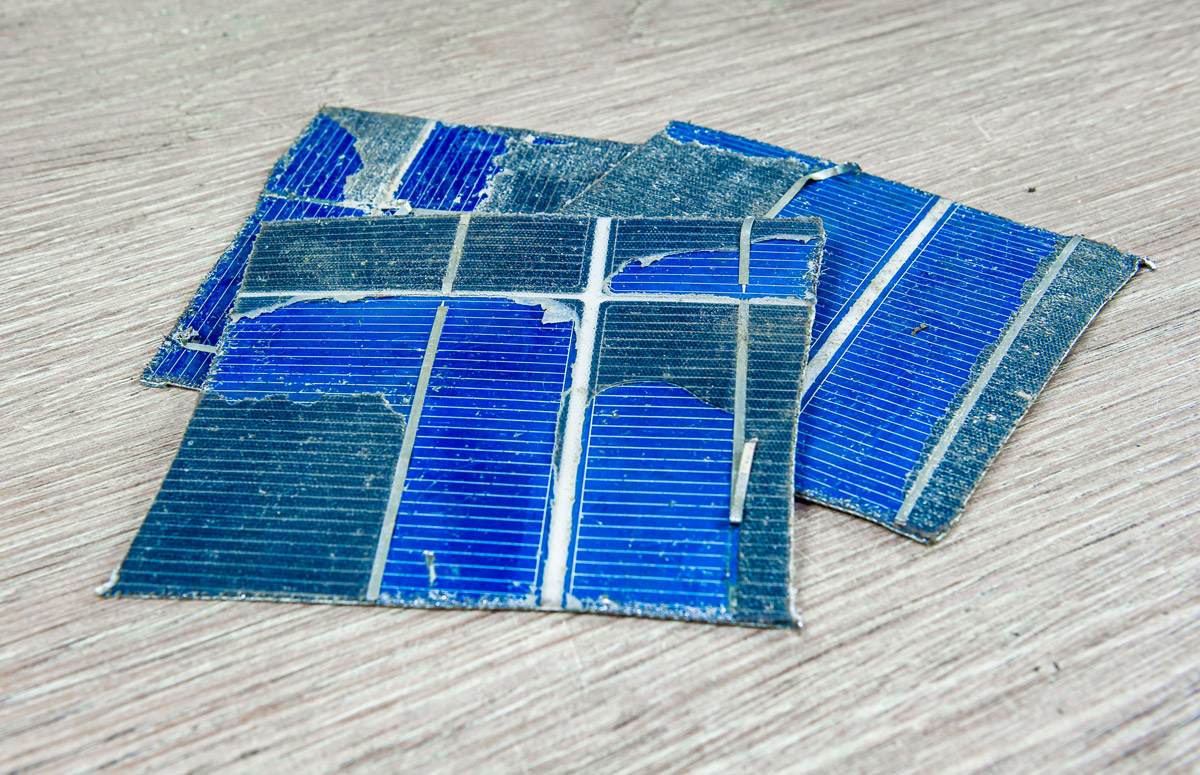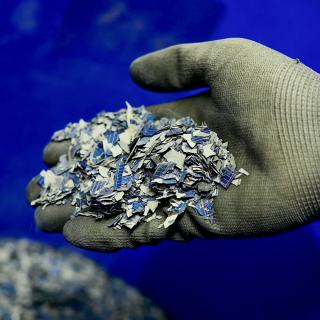A realistic approach to maximising silicon recovery in Europe
OpEd by Jan-Philipp Mai, JPM Silicon
The Critical Raw Materials Act has set an extremely ambitious goal: by 2030, at least 25 per cent of Europe's annual consumption of critical and strategic raw materials should come from domestic recycling.
However, when it comes to sourcing recycled silicon, our current trajectory will widely miss this target.
As Europe generates increasing amounts of solar panel waste - projected to reach between 1 and 4 million tons annually by 2030 - the potential for recycled silicon seems promising. Yet, even if we were to recycle all available silicon, this would only yield between 40,000 and 160,000 tons of silicon annually.
Given that Europe is expected to need around 2 million tons of silicon by 2030, recycled silicon would merely cover between 2 and 8 percent of our demand.
The challenges
Currently, our main source of recyclable silicon comes from solar panels, of which silicon constitutes approximately 4 percent. However, our existing regulatory frameworks need to support us in ensuring the maximum amount of this material is recovered. The WEEE Directive, for example, does not mandate the recycling of silicon from solar panels, which means it can end up being discarded even though the panel itself is considered recycled.
From a business perspective, there is a clear market demand for recycled solar products, including silicon. Yet, the financial incentives tend to favour the extraction of more valuable materials, such as silver, with silicon often being treated as a byproduct. This creates an economic imbalance that undermines efforts to maximise silicon recovery.
Reframing our approach
We need to transition from reactive crisis management to proactive vision building to address these challenges. While the Critical Raw Materials Act (CRMA) focuses on risk mitigation, a long-term vision should prioritise creating a circular solar economy, not just recycling silicon content.
This requires improving silicon extraction from panels and strengthening the European solar panel manufacturing value chain. Such an integrated approach would ensure recycled silicon is efficiently used in new panels and close the loop in the circular economy.


Commercial viability and regulatory reforms
Ultimately, the success of any recycling initiative hinges on its commercial viability. To encourage industries to use recycled materials, we must ensure that these materials are cost-competitive with virgin raw materials.
This requires innovative business models that can deliver high-quality recycled silicon at a competitive price. The focus, therefore, should be on fostering innovation rather than imposing protectionist measures or over-regulating the industry.
As well as supporting innovation, regulatory reforms are essential. We need fast-track approval processes for recycling facilities and new business models. This would allow recyclers to scale up operations quickly and efficiently, meeting the growing demand for recycled materials.
Simplifying the application processes for grants and funding would also ease some of the administrative burden on businesses and enable them to focus on innovation and execution.
Realistic and achievable goals
The key to achieving our CRMA targets lies in setting realistic and achievable goals. Rather than aiming for unattainable figures, we should focus on incremental improvements, such as, for example, recycling 50 percent of the extractable silicon from solar products. This pragmatic approach will build confidence and momentum within the industry, paving the way for more ambitious targets in the future.
Jan-Philipp Mai, founder of JPM Silicon, shared his insights during the panel discussion on "A Review of Recycling Strategies to Achieve the CRMA’s 25% Minimum Target" at this year's Raw Materials Summit. This OpEd is based on his contributions. The next summit is scheduled for May 13-15, 2025. www.eitrmsummit.com



